What You Need to Know About Low Oxalate Vegetables
Primal Edge Health participates in the Amazon Services LLC Associates Program and other affiliate programs and therefore, may collect a share of sales or other compensation from the links on this page. This comes at no additional cost to you, and all the prices and availability are accurate at the time of publishing.
Low-oxalate vegetables are integral to the low-oxalate diet. While the diet itself can be restrictive to some extent, that doesn’t mean you have to sacrifice a big chunk of this very important food group.
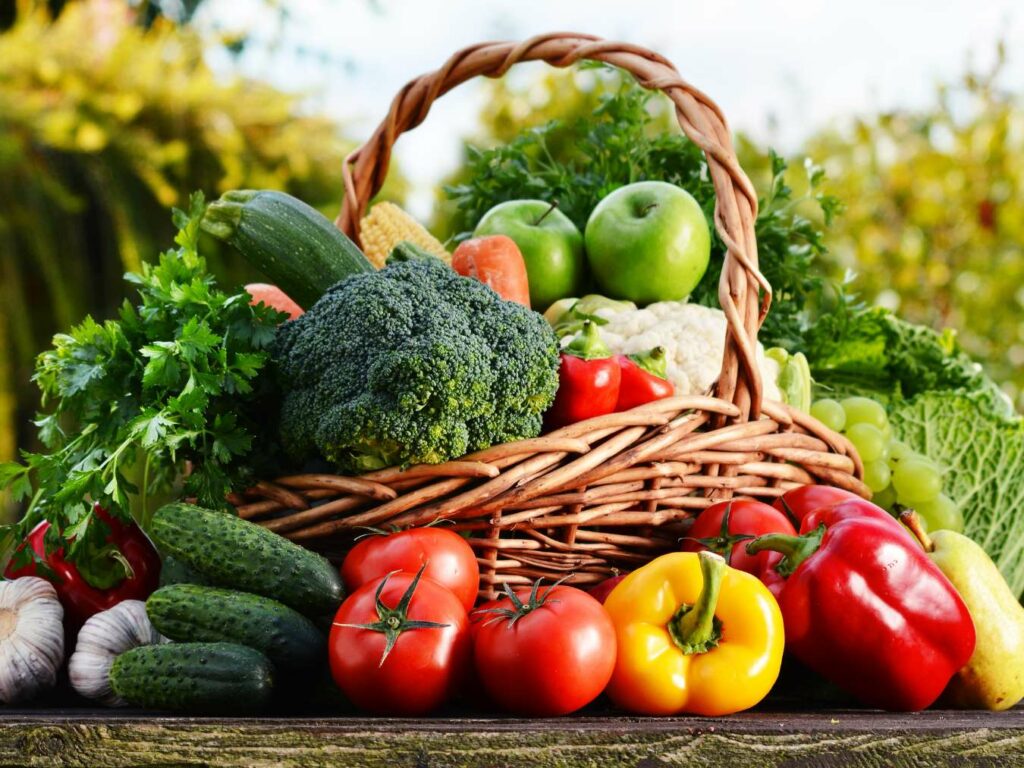
When I started watching my oxalate intake, vegetables were the first list I considered. Even though my lifestyle is low-carb, I still prioritize putting veggies in my meal plans for their micronutrient content. Soon enough, I came up with a roster of my favorite low-oxalate vegetables to rotate for my meal plans week to week.
You can easily do the same with a little bit of research. So, let’s explore the best low-oxalate vegetables and some of my absolute favorite recipes to use them in.
Table of Contents (click to view)
What are Oxalates?
The National Kidney Foundation defines oxalates as substances naturally found in food and can crystallize after the body excretes them in the urine. Oxalates are not necessarily bad, but when there is too much oxalate in the urine, they can bond with calcium and turn into hard crystal stones.
What are Calcium Oxalate Stones?
Calcium oxalate stones form when calcium binds to oxalate and turns into hard masses in the kidney. According to Mount Sinai, around 80% of kidney stones contain calcium, usually with oxalate or oxalic acid.
Calcium oxalate stones can be extremely painful. Other symptoms may include:
- Stomachache that doesn’t go away
- Blood in the urine
- Nausea or vomiting
- Fever
- Odor in the urine
- Cloudy urine
Some people pass kidney stones through the urinary tract without surgery, but in some cases, doctors may recommend surgery to prevent the stone from causing a blockage or infection. Your doctor may also recommend a low-oxalate diet to prevent the development or reoccurrence of calcium oxalate kidney stones.
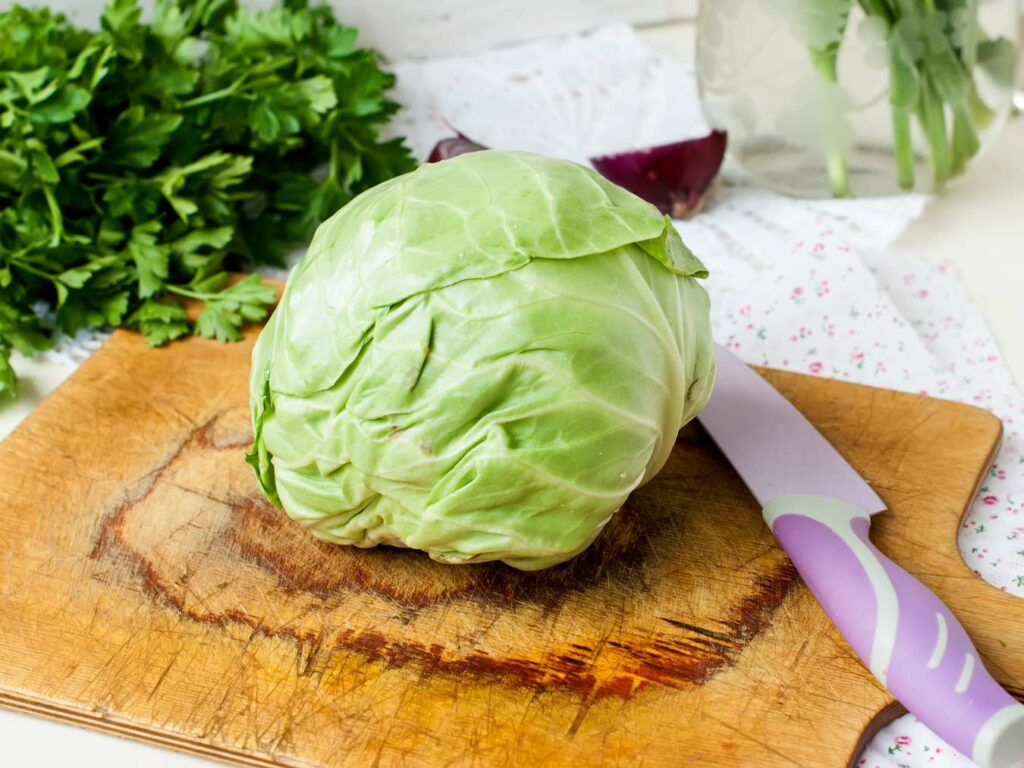
What is a Low Oxalate Diet?
A low-oxalate diet aims to reduce the intake of dietary oxalate, meaning you need to watch out for high-oxalate foods and focus on low-oxalate options. I recommend checking out this high and low oxalate food list to make meal planning and grocery shopping much easier.
Essentially, the goal of a low-oxalate diet is to prevent calcium oxalate stones or keep them from re-occurring. It is not intended for weight loss, as some would assume, but can help you meet your health goals by reducing high-sodium and processed foods.
Your doctor may also recommend a low-oxalate diet if you have a higher risk of kidney stones. According to a 2021 study by BMC Urology and the National Kidney Foundation, risk factors for kidney stones may include:
- Obesity
- High blood pressure
- Diabetes
- Alcohol consumption
- Opium use
- Smoking
- Dehydration
- Inflammatory bowel disease
- A diet too high in protein, sugar, and sodium
Low-Oxalate Vegetables
Vegetables are an important part of any diet, even if you’re trying to reduce your carbohydrate intake. They contain nutrients essential for overall health, including fat-soluble and water-soluble vitamins, magnesium, zinc, phosphorus, folic acid, and so on.
However, certain vegetables have high to moderate oxalate content and can increase your risk of forming kidney stones. Luckily, the UCI Kidney Stone Center has a reliable list of oxalate content in foods. According to this list, the vegetables with the lowest amount of oxalate include:
- Brussels sprouts
- Raw celery
- Kale
- Mung beans
- Mustard greens
- Alfalfa sprouts
- Bok choy
- Broccoli
- Cabbage
- Cauliflower
- Chives
- Corn
- Cucumber
- Green pepper
- Iceberg lettuce
- Mushrooms
- Onions
- Peas
- Pickles
- Radish
- Romaine lettuce
- Scallions
- Sauerkraut
- Yellow squash
- Zucchini
If you want to focus on green leafy vegetables, forget spinach. Here’s a list of low-oxalate greens to fill up your salads.
High-Oxalate Vegetables to Avoid
On the flip side, some vegetables have moderate to high levels of oxalate. These include:
- Bamboo shoots
- Beets
- Fava and navy beans
- Refried beans
- Okra
- Olives
- Parsnip
- Red kidney beans
- Rhubarb
- Spinach
- Turnip
- Tomato sauce
- Yams
- Carrot
- Cooked celery
- Collards
- Artichokes
- Asparagus
- Hot chili peppers
- Soybeans
- String beans
- Sweet potatoes
- Rutabaga
The good news is that boiling can reduce a significant percentage of oxalate content in vegetables, according to this study published by the Journal of Agricultural and Food Chemistry. In fact, boiling can degrade other antinutrients. For example, boiling can easily reduce the lectin content in beans.
8 Best Low Oxalate Vegetable Recipes
A low-oxalate diet is not as restrictive as it seems; you just have to zero in on the foods that you should eat. Here’s a list of my favorite low-oxalate vegetable recipes to help you get started.
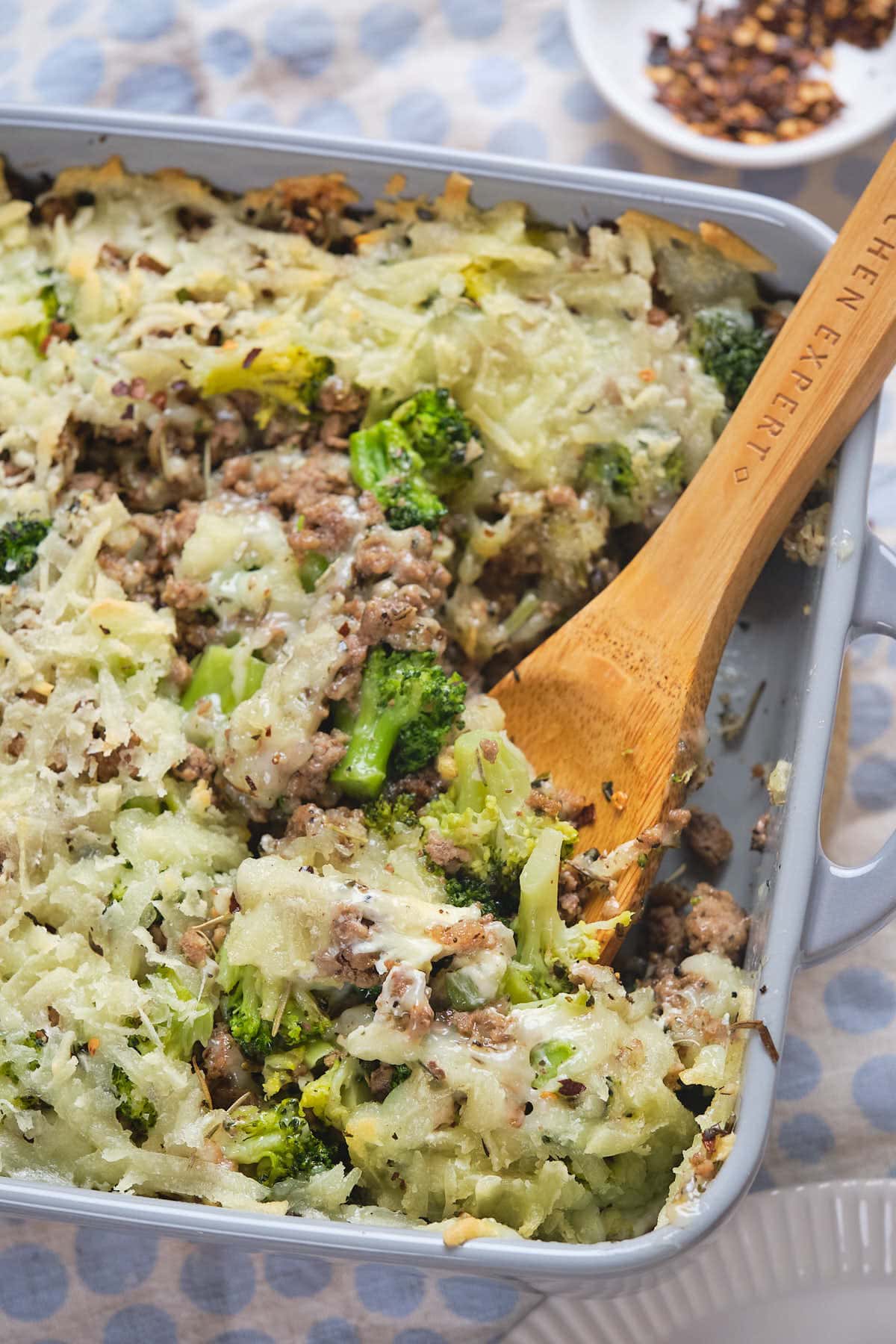
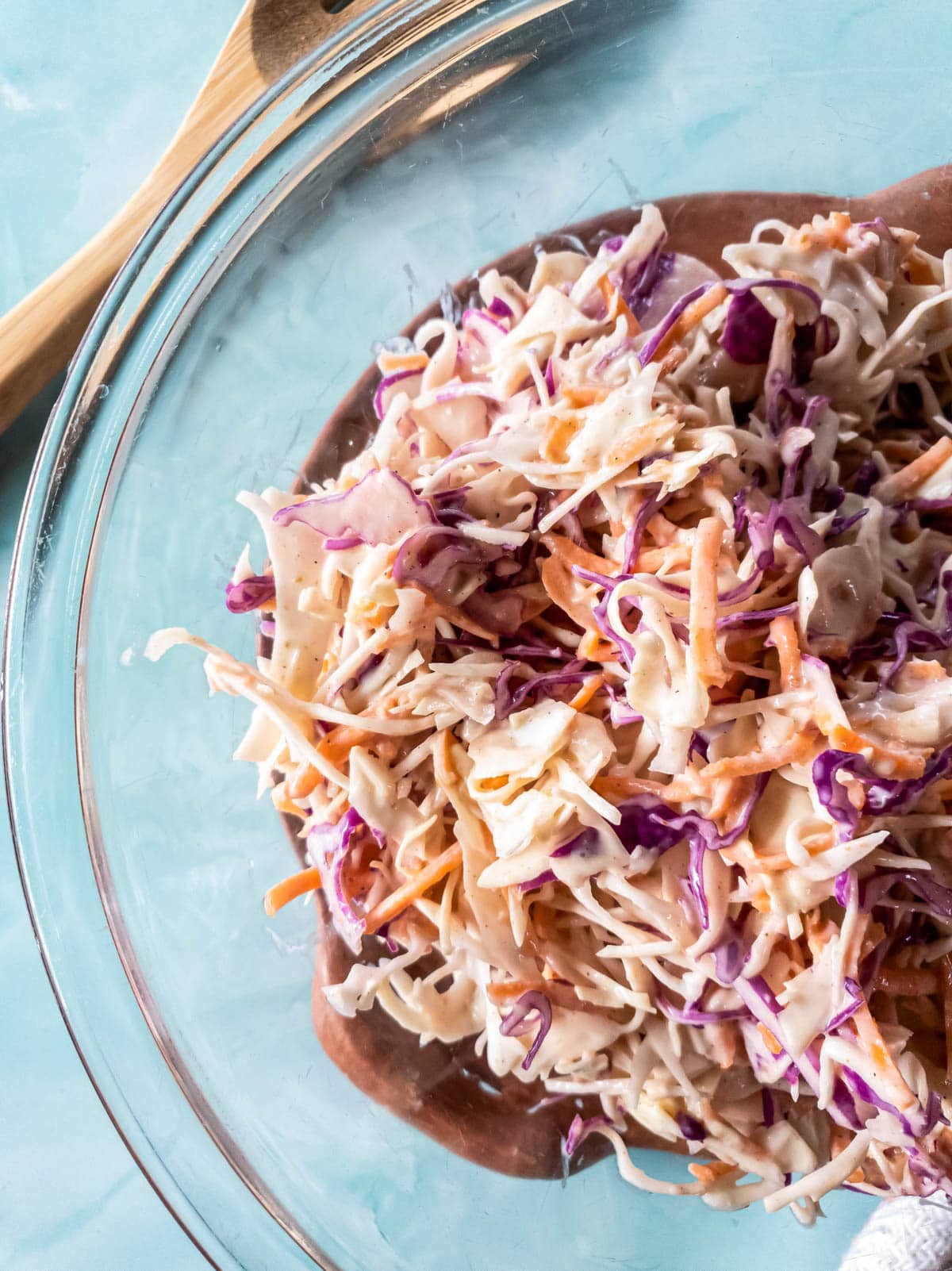
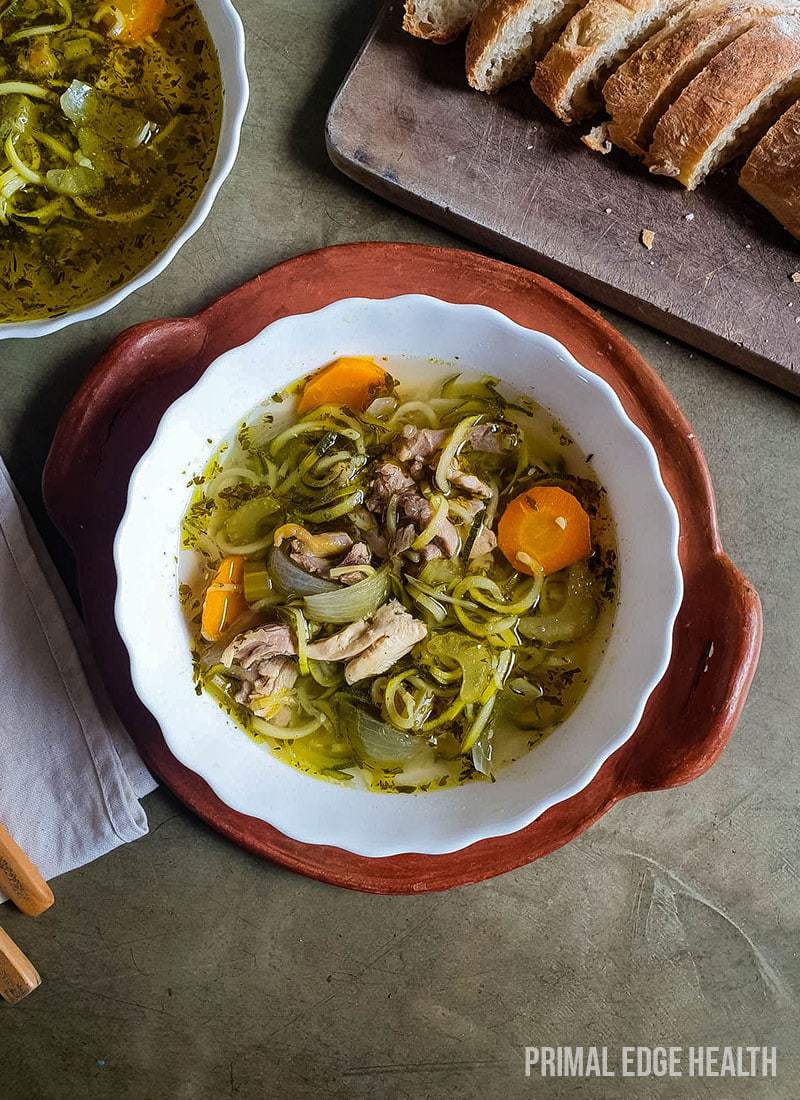
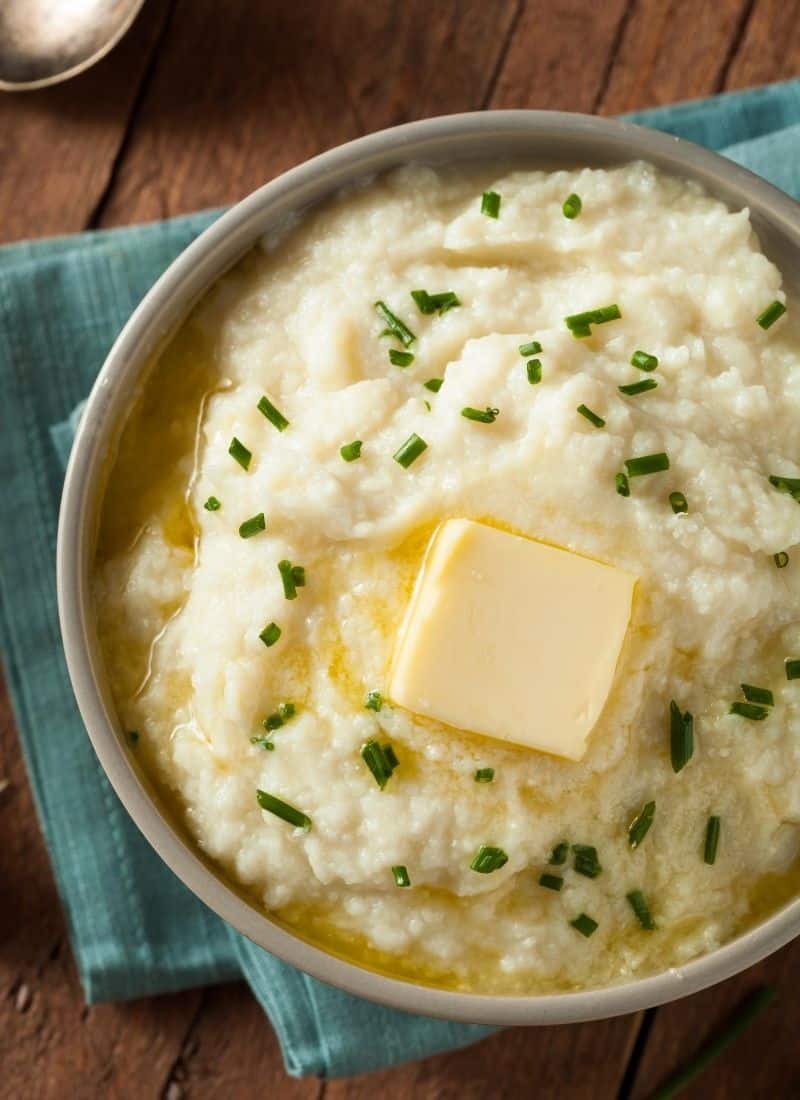
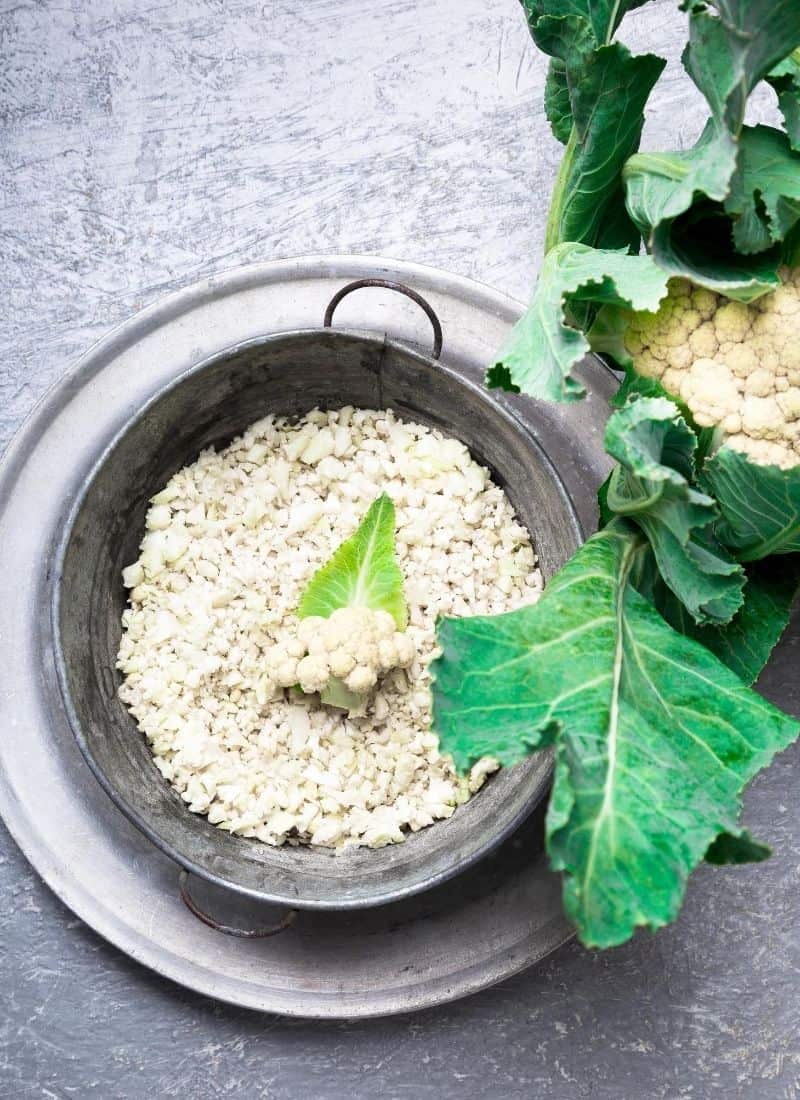
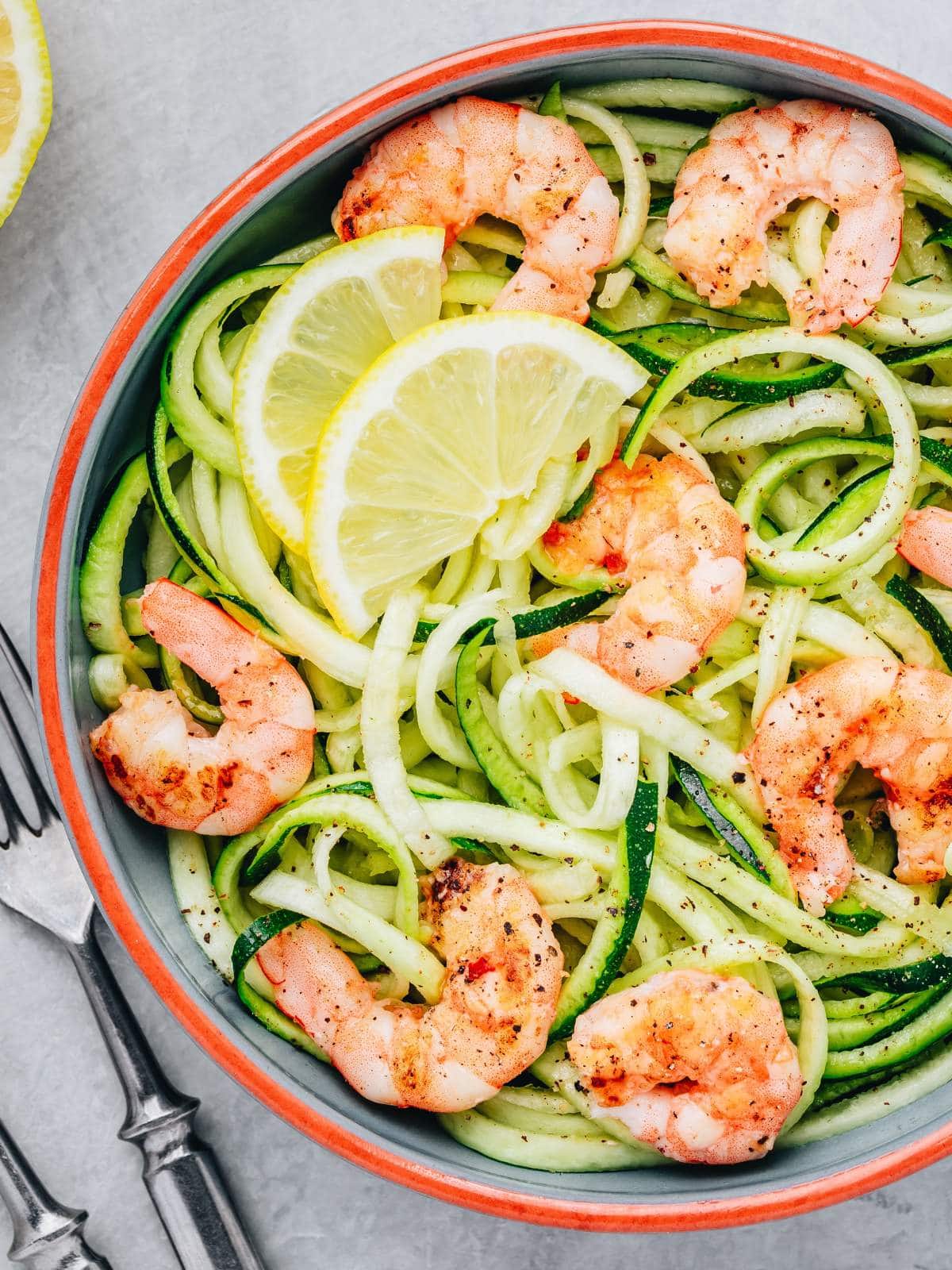
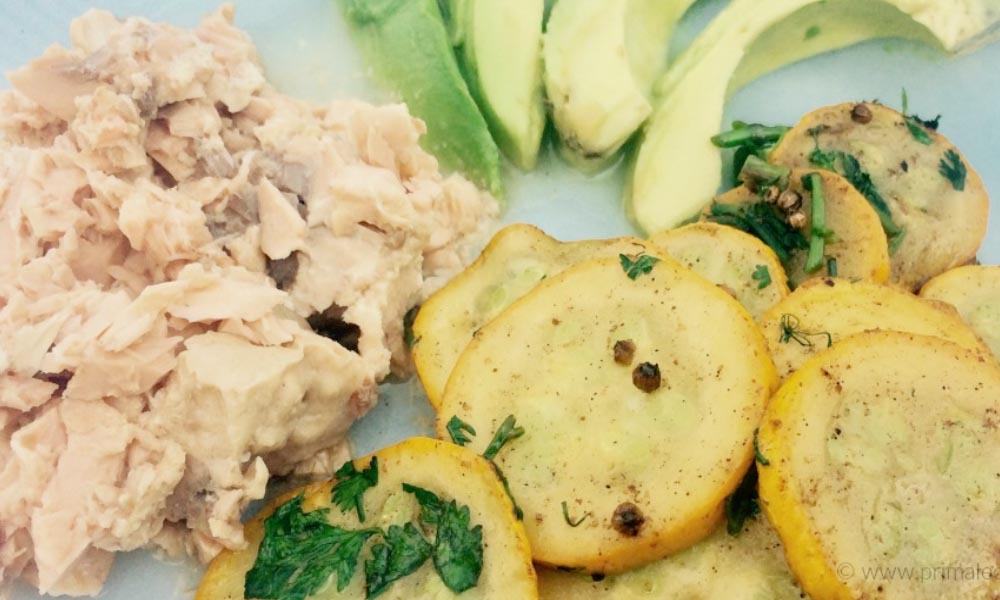
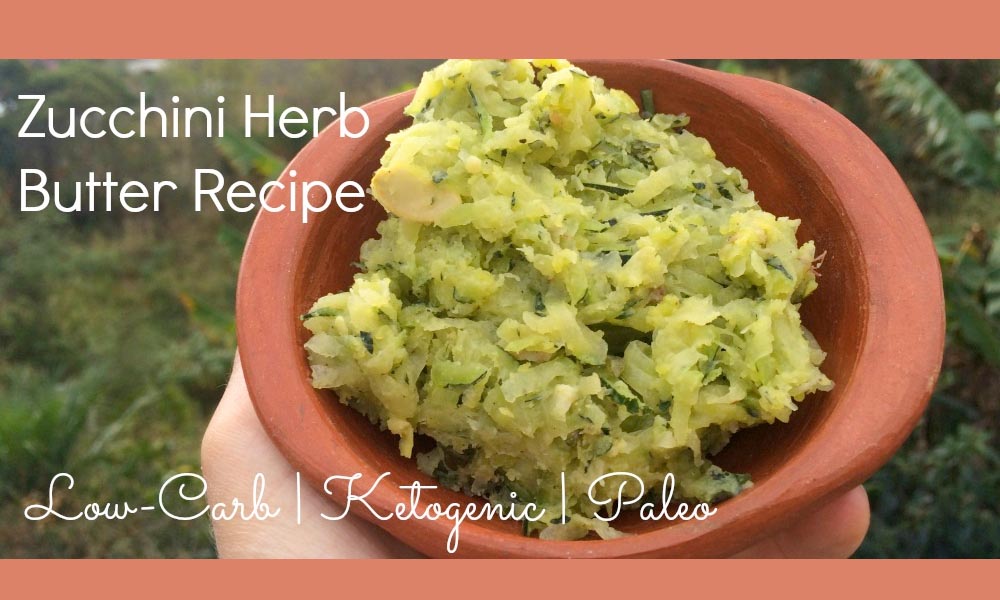
Tips to Lower Your Oxalate Intake
Lowering your oxalate consumption goes beyond watching what vegetables you eat. A low-oxalate diet requires a multi-faceted approach that considers all food groups. Here are some kidney stone prevention recommendations from Mount Sinai:
Increase Your Calcium Consumption
Contrary to popular belief, calcium does not raise the risk of oxalate stones even though it binds to oxalate. Calcium can combine with oxalates in the digestive tract before it reaches the kidneys, so it actually lowers the risk of kidney stones.
Your doctor may suggest eating enough calcium through foods, such as milk, cheese, yogurt, and other calcium-rich sources. The good news is that calcium-packed foods like dairy products and leafy greens (except spinach) are very low in oxalates.
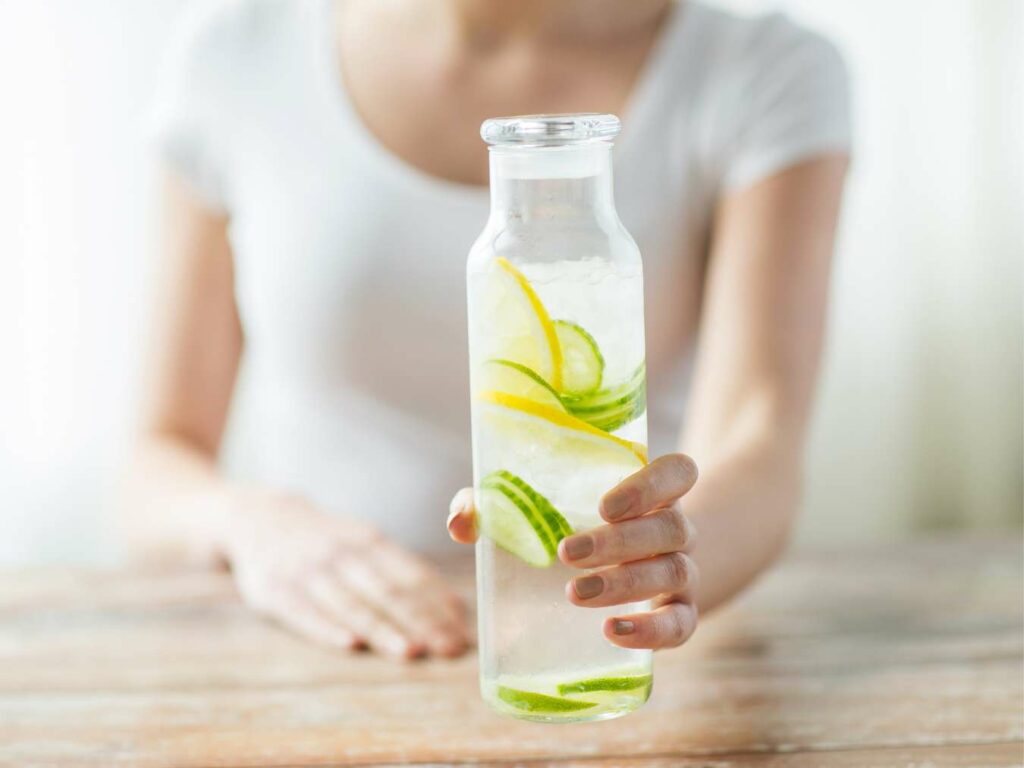
Drink More Fluids
Water is always going to be an essential part of any diet, especially one that aims to prevent the formation of kidney stones. Dehydration can decrease your urine output, and when you have too little urine, there is not enough fluid to dilute oxalates, thus increasing the risk of crystalization.
Mount Sinai recommends drinking at least two to three liters of fluids per day, depending on how much physical activity you do per day. Water is the best option, but you can also try lemon water. Try to avoid drinks that make you expel too much urine (diuretics), such as coffee or energy drinks.
You can also get more moisture from low-oxalate fruits. High-moisture options include:
- Apples
- Apricots
- Plums
- Pears
- Pineapple
- Peaches
- Strawberries
- Blackberries
- Blueberries
- Melon
- Watermelon
- Nectarines
- Coconut
- Papaya
- Grapes
- Mangoes
Limit Your Sodium
Too much sodium is a huge barrier to good kidney health. It can also increase the risk of calcium oxalate stones because it makes the kidney release more calcium, which can then bind with oxalate to form stones.
The American Heart Association recommends a limit of 2,300mg of sodium per day to reduce the risk of kidney and cardiovascular diseases. However, this value may differ if you have underlying conditions, like high blood pressure or a predisposition to heart disease. Talk to your doctor about the best sodium intake for you.
Avoid Vitamin C Supplements
The National Kidney Foundation does not recommend Vitamin C supplementation, as extra Vitamin C can increase your urinary oxalate levels. Speak to your healthcare provider about Vitamin C supplementation, particularly whether you need it or if you can get your Vitamin C through diet.
Watch Your Protein Intake
According to Harvard Health, eating too much animal protein can increase the risk of uric stones, especially for people who already have a higher risk. This includes foods like red meat, eggs, poultry, and seafood.
However, you still need protein for muscle growth and a balanced diet. Speak to a dietitian about the appropriate protein intake for your specific situation, especially if you’re considering a high-protein diet.
Focus on Low Oxalate Foods
The best way to prevent low-oxalate stones is to avoid eating high oxalate foods. The University of Chicago’s Kidney Stone Program states that 50 mg of oxalate is an ideal limit for most low-oxalate diets. In contrast, the typical diet contains about 200 to 300mg of oxalate or more.
It can be tricky to adjust your diet to focus on low-oxalate foods, but the learning curve is worth it. The good news is that there are plenty of low-oxalate foods to choose from, including almost entire food groups like meat, dairy, fruits, and grains like oatmeal that’s naturally low in oxalates.
I highly recommend keeping a printable copy of the UCI Kidney Stone Center list so you can easily see what foods are safer and which ones to avoid. It’s a great place to start when you’re trying to manage your intake of oxalates. Here’s an overview of other foods to limit:
- Fruits: Avocados, grapefruit, kiwi, orange, raspberries, tangerine, prunes, tomato juices
- Bread and Grains: Pancake mix, all-purpose flour, brown rice, cornmeal, miso, rice bran, soy flour, buckwheat groats, spaghetti, corn grits, bran cereals, store-bought cakes and crackers
- Nuts and Seeds: Cashews, walnuts, almonds, pecans, sunflower seeds, peanuts, peanut butter
- Protein and Dairy Alternatives: Tofu, veggie burgers, soy burgers, soy products, soy milk
- Beverages: Cocoa, lemonade, chocolate milk
Plus, start learning about low-oxalate foods you can swap with common ingredients that might be high in oxalates. For example, instead of regular flour, you can use low-oxalate flour like oat bran and corn flour. The same goes for other swaps, like sweet potatoes for regular potatoes and bok choy for spinach.
After you familiarize yourself with suitable ingredients, go through our rich collection of recipes. Start with these easy and tasty low-oxalate breakfast recipes!
Load Up On Low-Oxalate Veggies Today
As you can see, the list of low-oxalate vegetables is much longer than the high-oxalate list. You probably have to avoid some of your favorites, but in general, there are still a lot of options with less oxalate you can include in your daily meals.
Your doctor may put you on a low-oxalate diet if you have a higher risk of stones or if you’ve already had them in the past. To make life easier, explore more of our tips, recipes, and lifestyle recommendations for the low-oxalate diet!
What are your favorite low-oxalate vegetables? Share your thoughts in the comments below.

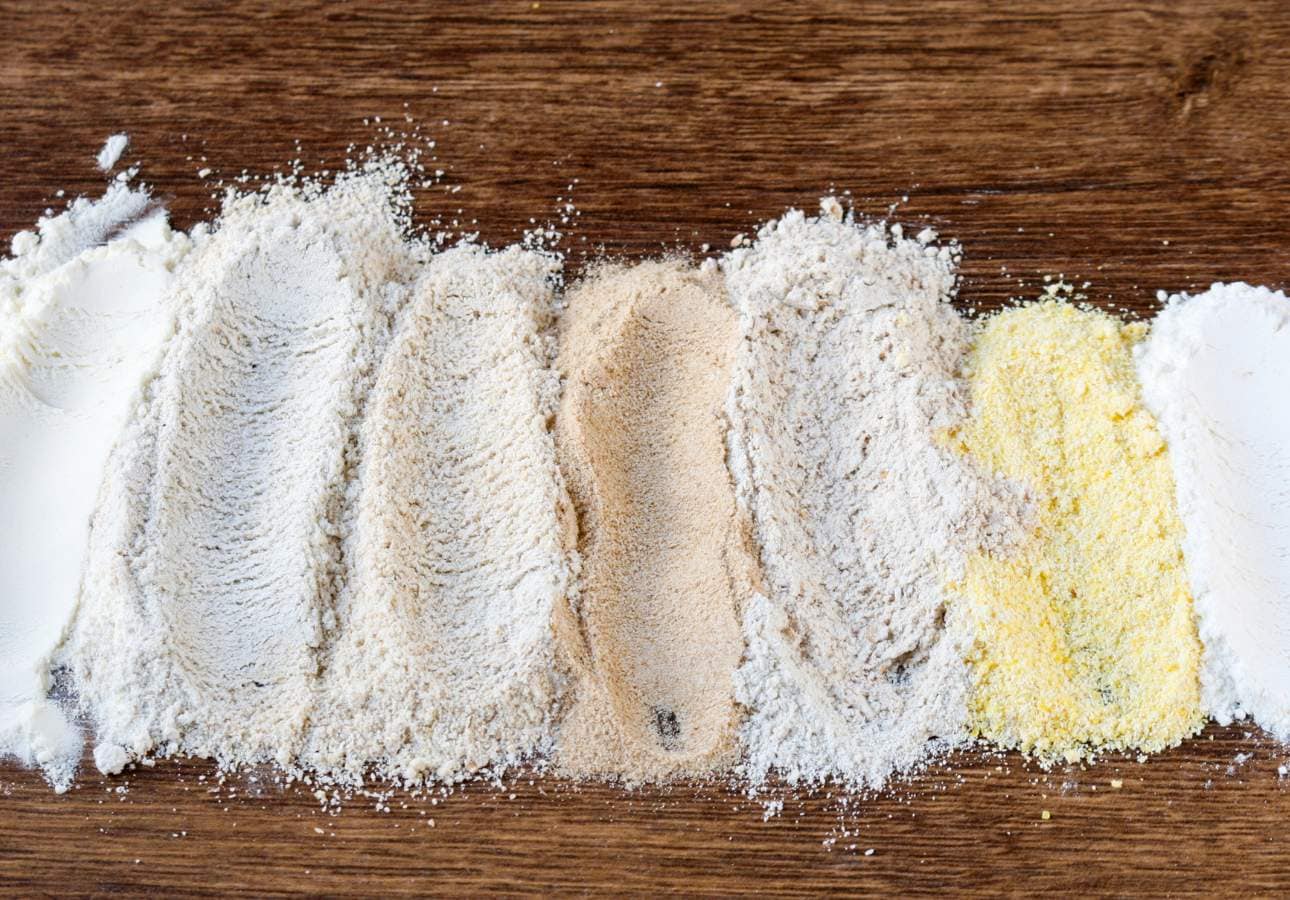

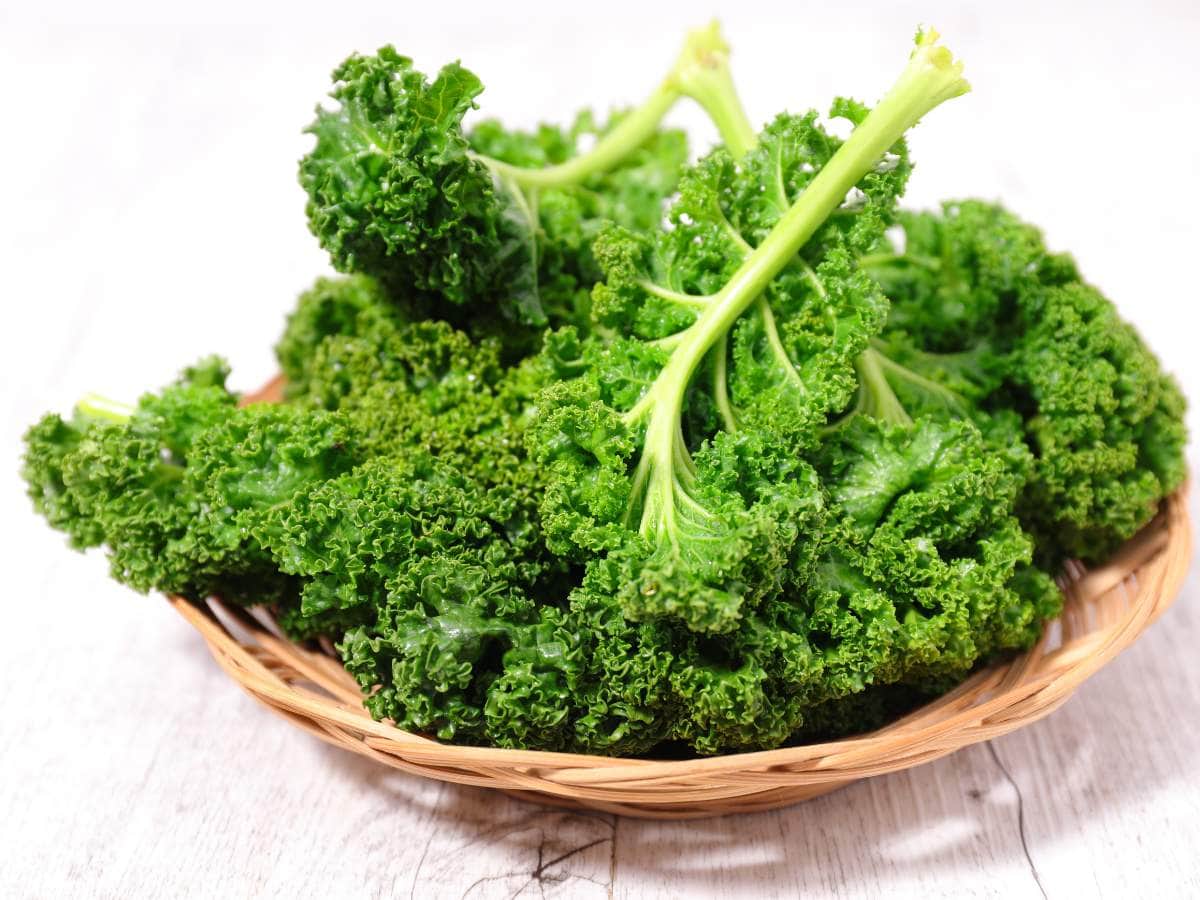
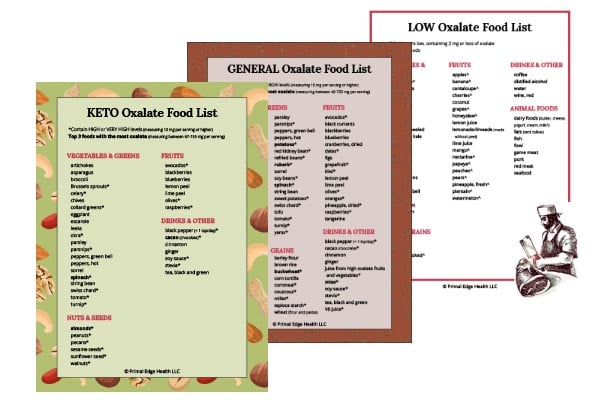

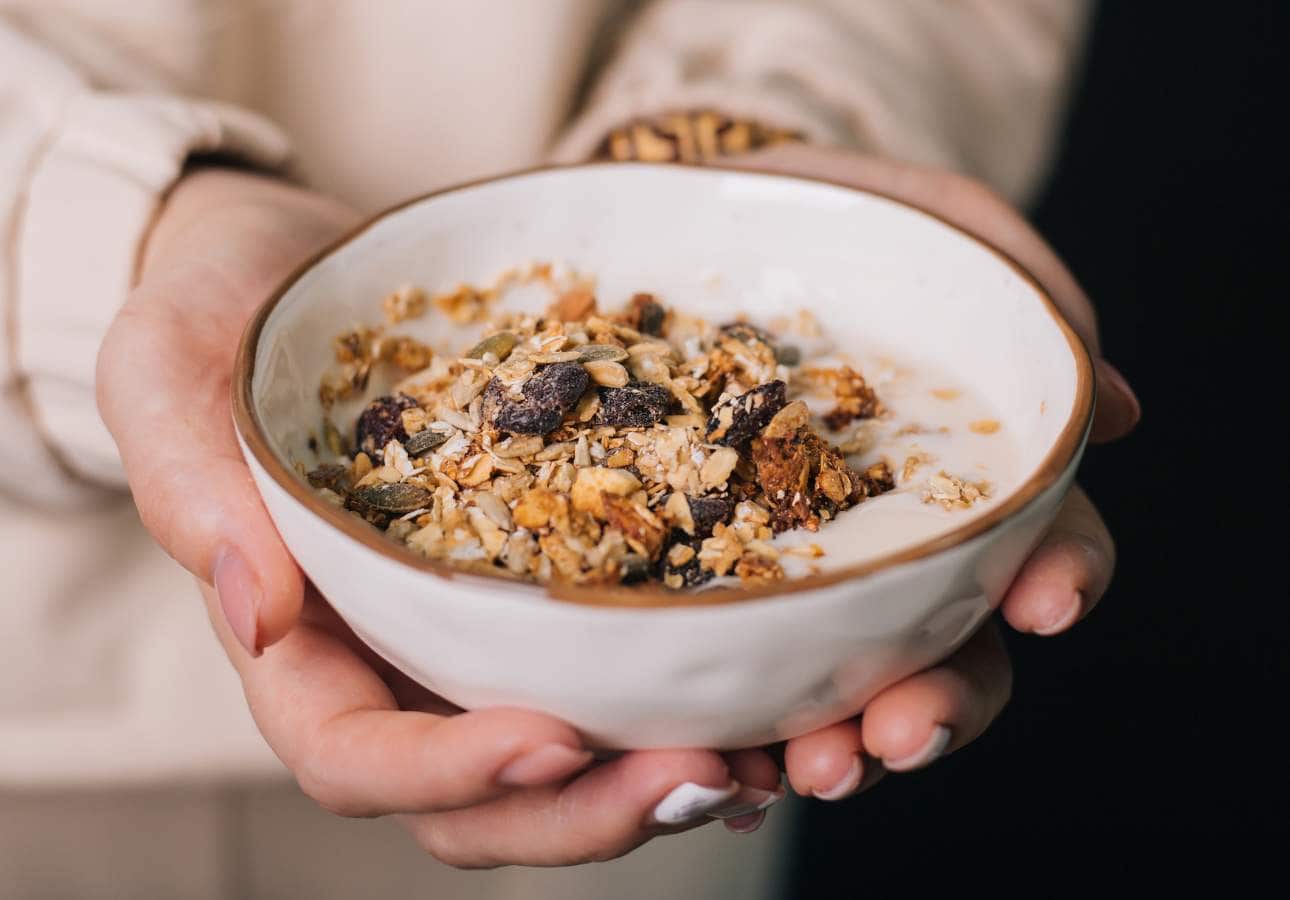
I have been doing carnivore for a while as an elimination diet and it’s been great for my health. But, I’m craving some more variety and thinking about how to add back some food without causing any flare ups. I’ll be making some notes to take with me to my local farmer’s market this spring and summer!
That sounds fun, Ginger! I hope you find the ingredients you’re looking for. Rooting for you.